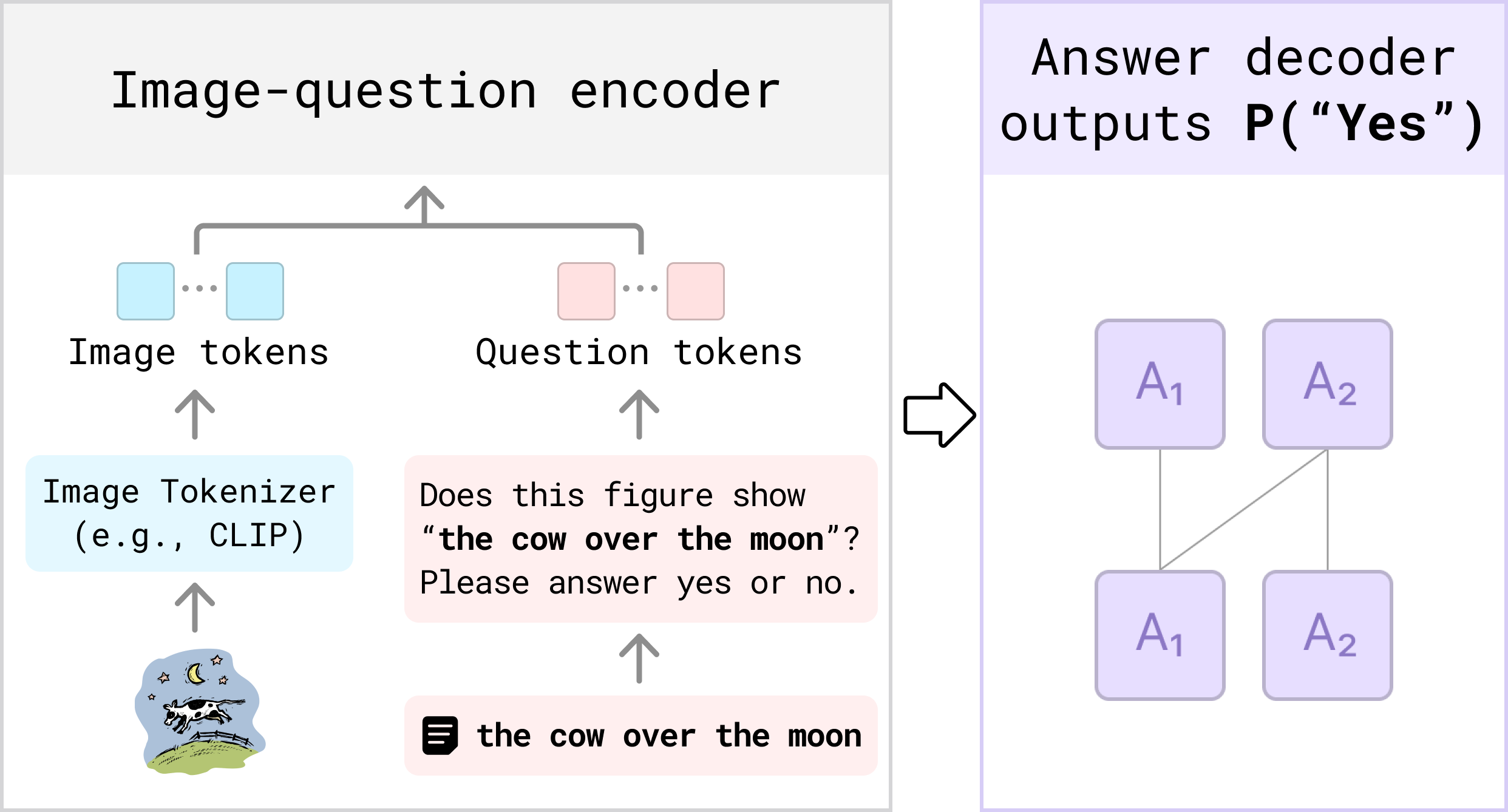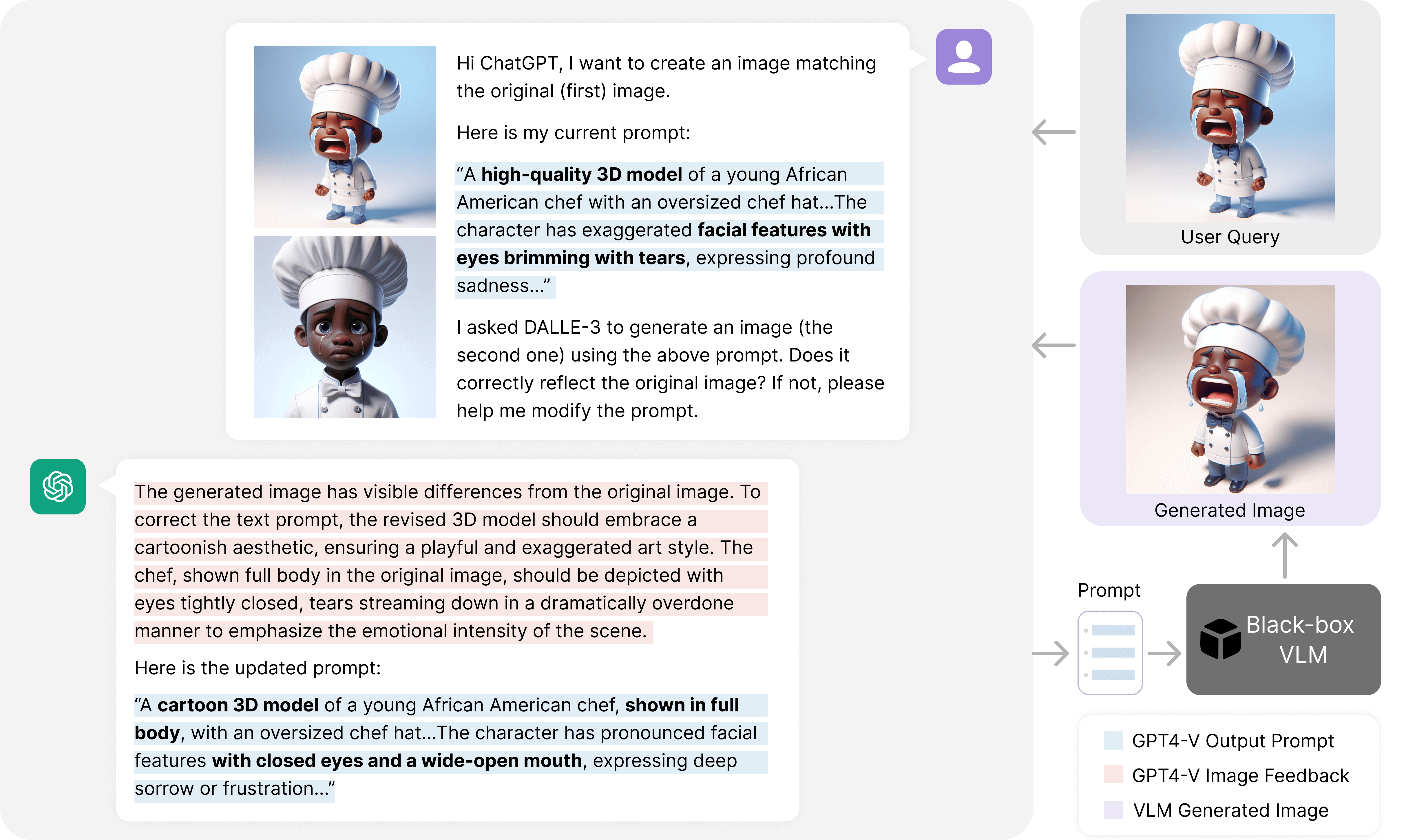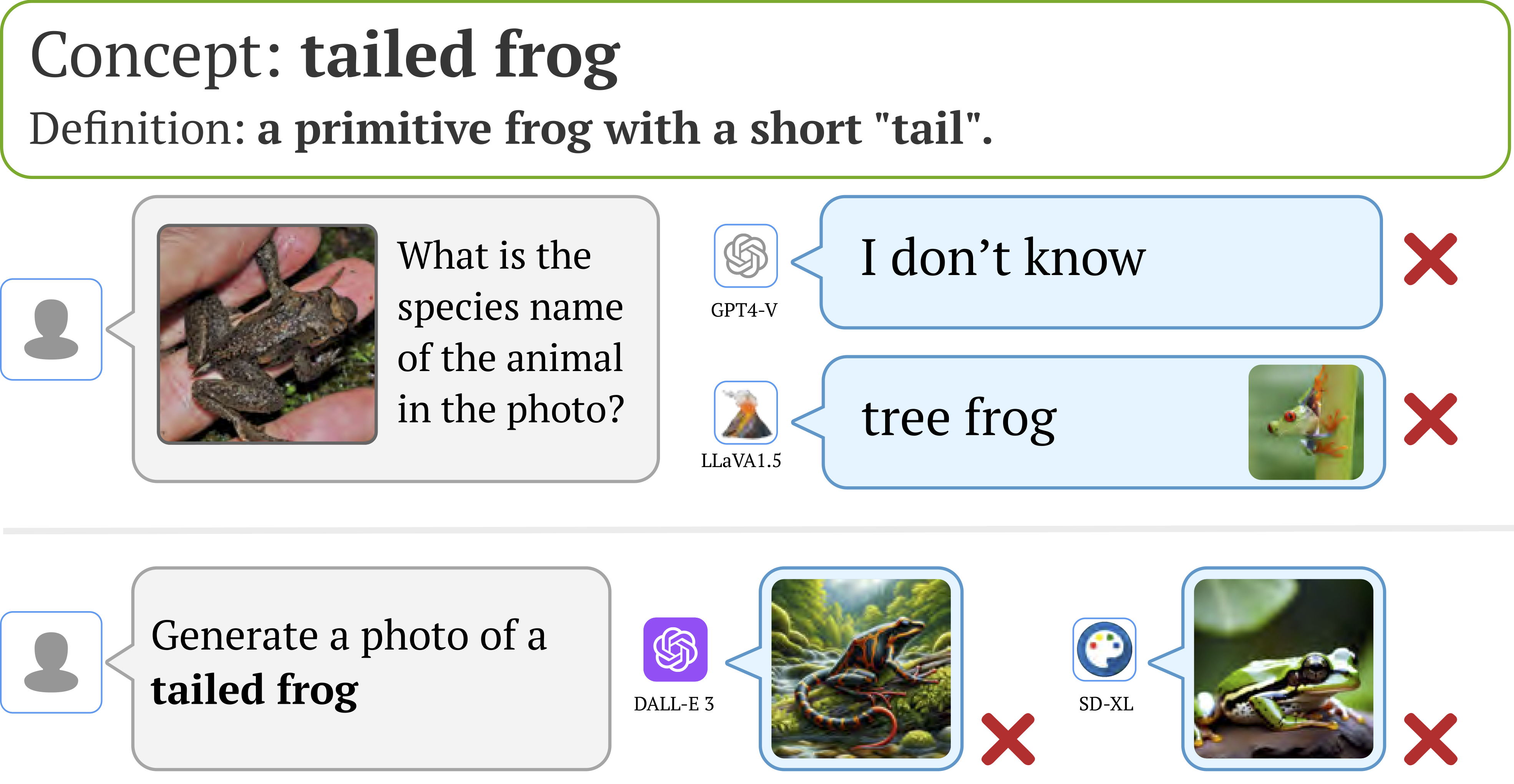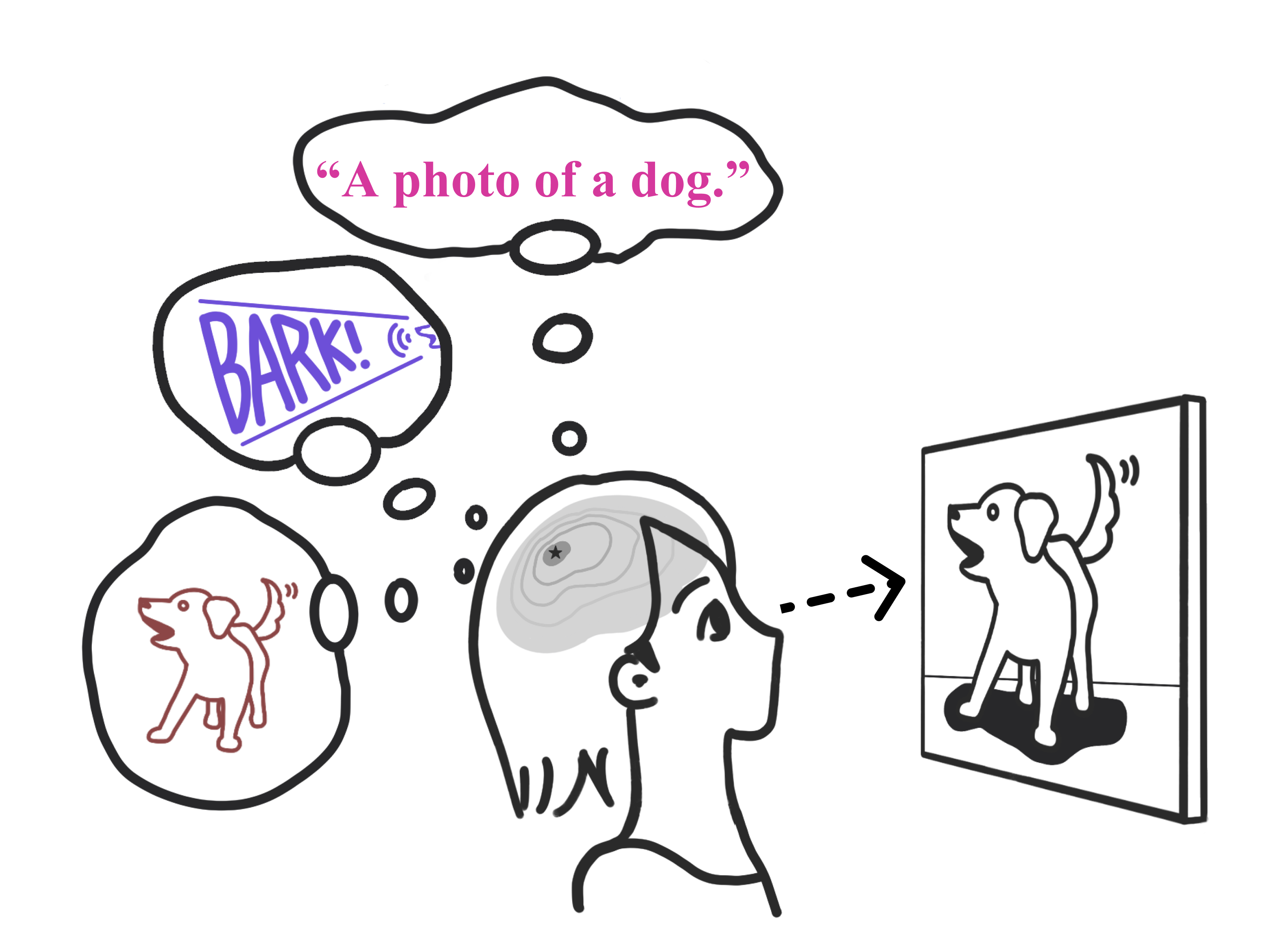Hi! I am a final year PhD student at Robotics Institute of Carnegie Mellon University, advised by Prof. Deva Ramanan. I did my undergrad in Computer Science and Maths at Cornell University and served as college symbol bearer (top 5 of the college). My current research focuses on computer vision and language, especially evaluating and improving multimodal generative models.
🔥 News
- 2025.09: CameraBench was accepted to NeurIPS’25 (Spotlight).
- 2024.09: NaturalBench was accepted to NeurIPS’24.
- 2024.08: VQAScore was accepted to ECCV’24. In addition, VQAScore is highlighted in Google’s Imagen3 Technical Report as the strongest replacement for CLIPScore, with Imagen3 achieving SOTA on GenAI-Bench for compositional text-to-visual generation.
- 2024.06: GenAI-Bench won Best Short Paper Award at SynData@CVPR2024!
- 2024.05: VisualGPTScore was accepted to ICML’24.
- 2024.04: We introduced VQAScore for evaluating the prompt alignment of text-to-image/video/3D models: Evaluating Text-to-Visual Generation with Image-to-Text Generation.
- 2024.02: Two papers accepted to CVPR’24: Language Models as Black-Box Optimizers for Vision-Language Models and The Neglected Tails of Vision-Language Models.
- 2023.12: Finished my internship at Meta GenAI. Many thanks to my great mentors Pengchuan Zhang and Xide Xia!
- 2023.09: My recent work Revisiting the Role of Language Priors in Vision-Language Models demonstrates top-tier performance across retrieval benchmarks like ARO/SugarCrepe/Winoground.
- 2023.02: Multimodality Helps Unimodality: Cross-Modal Few-Shot Learning with Multimodal Models was accepted by CVPR’23.
- 2022.09: LECO: Continual Learning with Evolving Class Ontologies was accepted by NeurIPS’22. Check out the website and slides for a quick overview!
- 2022.06: The 1st CLEAR Challenge was hosted on CVPR’22 2nd Workshop on Open World Vision. Check out the slides for a quick overview!
- 2021.09: The CLEAR Benchmark: Continual LEArning on Real-World Imagery accepted by NeurIPS’21.
- 2020.06: Best Paper Nomination at CVPR’20 for Visual Chirality!
📝 Publications

CameraBench: Towards Understanding Camera Motions in Any Video (NeurIPS’25 Spotlight)
Zhiqiu Lin*, Siyuan Cen*, Daniel Jiang, Jay Karhade, Hewei Wang, Chancharik Mitra, Yu Tong Tiffany Ling, Yuhan Huang, Sifan Liu, Mingyu Chen, Rushikesh Zawar, Xue Bai, Yilun Du, Chuang Gan, Deva Ramanan
- We introduce CameraBench, a large-scale effort that pushes video-language models to reason about the language of camera motion just like professional cinematographers.
- Our open-source dataset and models are gaining strong interest and adoption from frontier video understanding and generation labs such as Deepmind and Kling.

NaturalBench: Evaluating Vision-Language Models on Natural Adversarial Samples (NeurIPS’24)
Zhiqiu Lin*, Baiqi Li*, Wenxuan Peng*, Jean de Nyandwi*, Zixian Ma, Simran Khanuja, Ranjay Krishna*, Graham Neubig*, Deva Ramanan*
- We present NaturalBench, a vision-centric VQA benchmark with simple questions about natural images that humans find easy but significantly challenge state-of-the-art models like GPT-4o, Molmo, Llama3.2, LLaVA-OneVision, and Qwen2-VL.
- We show that debiasing can nearly double model performance, even for GPT-4o!

GenAI-Bench: Evaluating and Improving Compositional Text-to-Visual Generation (CVPR’24, Best Short Paper at SynData Workshop)
Zhiqiu Lin*, Baiqi Li*, Deepak Pathak, Emily Li, Yixin Fei, Kewen Wu, Xide Xia*, Pengchuan Zhang*, Graham Neubig*, Deva Ramanan*
- We propose GenAI-Bench, a comprehensive benchmark for compositional text-to-visual generation collected by professional designers.
- We release over 80,000 human ratings to support future evaluation of automated metrics.
- We show that VQAScore can be used to improve black-box generative models such as DALL-E 3!

Evaluating Text-to-Visual Generation with Image-to-Text Generation (ECCV’2024)
Zhiqiu Lin, Deepak Pathak, Baiqi Li, Emily Li, Xide Xia, Graham Neubig, Pengchuan Zhang*, Deva Ramanan*
- We propose VQAScore, the state-of-the-art alignment metric for text-to-image/video/3D models.
- VQAScore based on our new CLIP-FlanT5 model outperforms previous metrics based on GPT-4Vision or costly human feedback.

Revisiting the Role of Language Priors in Vision-Language Models (ICML’24)
Zhiqiu Lin*, Xinyue Chen*, Deepak Pathak, Pengchuan Zhang, Deva Ramanan
- We use generative VLMs to implement Visual Generative Pre-Training Score (VisualGPTScore), i.e., the probablity score of generating a text given an image.
- Such a generative score achieves top-tier image-text retrieval performance on multiple compositionality benchmarks, surpassing all discriminative approaches by a great margin.
- We further investigate the role of language prior P(text) through a probablistic lens, and introduce a debiasing solution that consistently improves the VisualGPTScore under train-test distribution shifts over text.

Language Models as Black-Box Optimizers for Vision-Language Models (CVPR’24)
Zhiqiu Lin*, Shihong Liu*, Samuel Yu*, Ryan Lee, Tiffany Ling, Deepak Pathak, Deva Ramanan
- We use ChatGPT to effectively optimize vision-language models without white-box access to model weights or gradients.
- We show successful applications in visual classification, text-to-image generation and personalization.

The Neglected Tails of Vision-Language Models (CVPR’24)
Zhiqiu Lin*, Shubham Parashar*, Tian Liu*, Xiangjue Dong, Yanan Li, Deva Ramanan, James Caverlee, Shu Kong
- Popular vision-language models (CLIP, MetaCLIP, OpenCLIP) are all long-tailed learners trained on drastically imbalanced web data, causing biases in downstream applications such as visual chatbots (GPT-4Vision) and T2I generation (Stable Diffusion, DALL-E 3).
- We fix these biases through our SOTA prompting and retrieval-augmented strategies.

Multimodality Helps Unimodality: Cross-Modal Few-Shot Learning with Multimodal Models (CVPR’23)
Zhiqiu Lin*, Samuel Yu*, Zhiyi Kuang, Deepak Pathak, Deva Ramanan
- We propose a simple cross-modal adaptation method for multimodal models that repurposes information from other modalities (e.g., class names and audio clips) as additional training samples.
- For CLIP, it achieves SOTA few-shot adaptation performance even with a simple linear probe, and consistently improves prior art such as prompting, adapter, and weight ensembling.
- Audiovisual experiments with AudioCLIP suggest that one can learn a better dog visual classifier by listening to them bark.

LECO: Continual Learning with Evolving Class Ontologies (NeurIPS’22)
Zhiqiu Lin, Deepak Pathak, Yu-Xiong Wang, Deva Ramanan*, Shu Kong*
Website | Arxiv | NeurIPS’22 Talk
- A practical lifelong vision benchmark motivated by real-world dataset versioning issues, e.g., Mapillary 1.2 to 2.0.
- Simple but effective solutions such as joint training, semi-supervised learning, and learning-with-partial-labels to address inconsistent annotation (both coarse-grained and fine-grained).
The CLEAR Benchmark: Continual LEArning on Real-World Imagery (NeurIPS’21)
Zhiqiu Lin, Jia Shi, Deepak Pathak*, Deva Ramanan*
CLEAR Wiki | NeurIPS Paper Site | Arxiv | CVPR’22 Talk
- The first continual benchmark for visual recognition with natural distribution shifts over a decade!
- CLEAR has a 10- and 100-classes version (download links), similar to the famous CIFAR-10 and CIFAR-100 benchmarks.
- 1st CLEAR challenge was hosted on June 19th, 2022. We have 79 participants from 21 different countries and regions signed up for the challenge!

- QPyTorch: A Low-Precision Arithmetic Simulation Framework.
Tianyi Zhang, Zhiqiu Lin, Guandao Yang, Chris De Sa, NeurIPS 2019 Workshop @ EMC2 |
- What.Hack: Engaging Anti-Phishing Training Through a Role-playing Cyber Defense Simulation Game. Zikai Alex Wen, Zhiqiu Lin, Rowena Chen, Erik Andersen, CHI 2019
🎖 Honors and Awards
- 2020.06 Best Paper Nomination at CVPR’20 for Visual Chirality!
- 2020.05 Graduated Summa Cum Laude in Computer Science and Mathematics from Cornell University, and served as college symbol bearer (top 5 of the college).
📖 Educations
- 2020.09 - (now), PhD student, Carnegie Mellon University.
- 2016.09 - 2020.06, Undergraduate, Cornell University.
💬 Invited Talks
- 2024.06, I presented GenAI-Bench Benchmark on CVPR’24 Workshop on Synthetic Data.
- 2022.06, I presented CLEAR Benchmark on CVPR’22 2nd Workshop on Open World Vision.
💻 Services
- Organizer: CVPR’22 VPLOW Workshop (Challenge Track)
- Reviewer: ECCV, CVPR (Outstanding reviewer), ICCV, NeurIPS, ICML.
- Teaching (CMU): Learning-based Image Synthesis and Advanced Computer Vision
- Teaching (Cornell): Advanced Machine Learning, Cornell Tech Pre-Master Program, Functional Programming, Algorithm Analysis, Data Structures, Computer Vision






